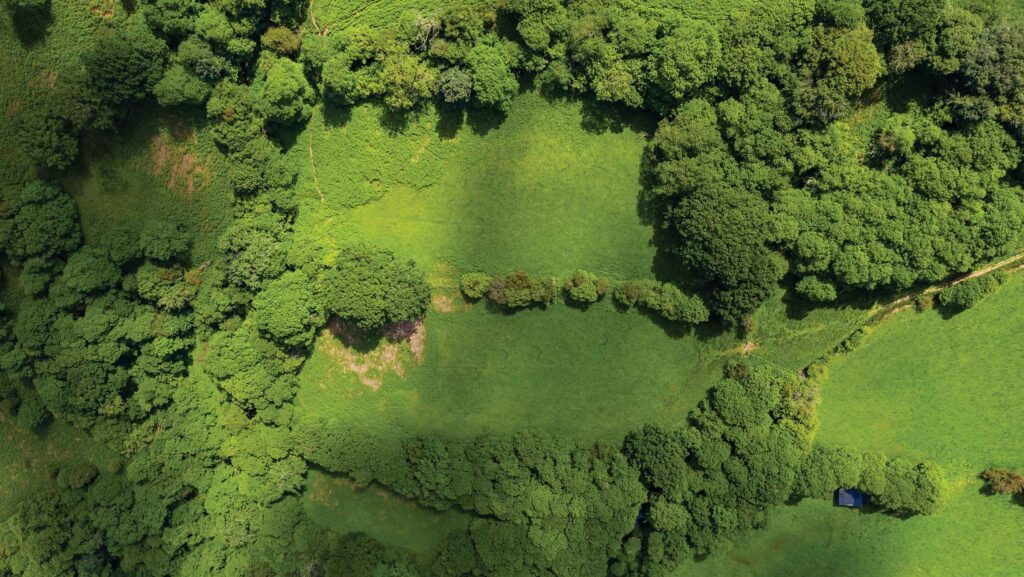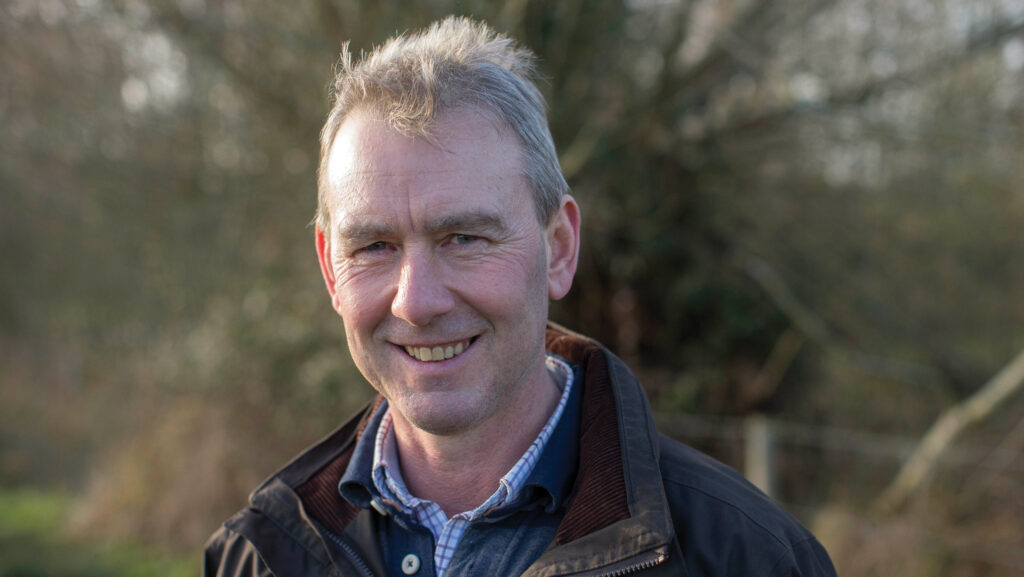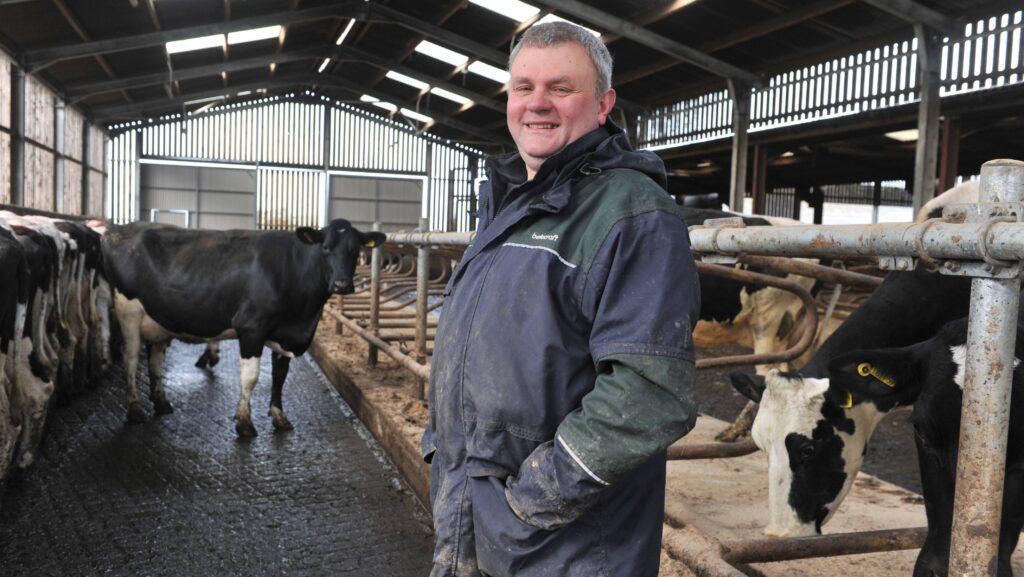Analysis: Can Welsh tree cover plans work for farmers?
 © Adobe Stock
© Adobe Stock One of the most repeated complaints about the Welsh government’s plans for future rural support is that farmers will be required to plant 10% of their land with trees and dedicate another 10% to habitat enrichment.
The issue has almost become totemic, with farm groups and opposition politicians eager to keep their concerns in the public eye.
See also: Can agroforestry work for farming as well as environment?
The likely fallout, should the idea make it into legislation, would be serious, with one earlier impact assessment suggesting it could result in the loss of 120,000 livestock units, 5,500 jobs and £200m in income to Welsh farmers.
Casual observers could be forgiven for believing the Welsh government even has a policy to cut food production by 20%.
Indeed, the Conservative MP for Monmouth, David TC Davies, recently wrote to the Welsh government asking “why is it determined to see 20% of the most agricultural land be taken out of production for tree planting and other schemes?”
That, of course, is an exaggeration, and the situation is far more nuanced.
Policy proposals
Full details of the proposals were spelled out in the Welsh government’s fourth and “final” consultation on its planned Sustainable Farming Scheme (SFS), issued last December.
This explained how future taxpayer support in Wales will be divided into “universal”, “collaborative” and “optional” actions, being phased in from 2025 to 2029, as the Basic Payment Scheme is phased out.
All future claimants will be required to take up some of the 17 universal actions, which go beyond basic legal requirements, and will be rewarded with a “universal baseline payment”.
As well as areas such as improving animal health and biosecurity, thickening hedgerows, and soil health management, these actions include the 10% tree cover and 10% habitat enrichment requirements.
What are the concessions?
Coed Cadw, the Woodland Trust in Wales, has been quick to point out that this consultation, which closed on 7 March, has already introduced several concessions.
It notes that:
- Farms would not be required to plant 10% of their land with trees, only to bring their existing tree and woodland cover up to 10%
- Based on average tree cover of 6-7% on Welsh farms, making up to 10% is a “relatively modest requirement”
- The costs of new planting would be fully met by Welsh government grants, with further maintenance payments for trees and woodlands on farms
- Native tree and woodland cover would also count towards the 10% habitat requirement, so farmers would not be required to take 20% of their land out of production
- “Habitat” also includes species-rich grassland and heathland, which would still be grazed and productive
- Significant areas of farms will be excluded from the calculations; for example, areas of hard standing, ponds and higher ground where trees won’t grow
- Tenant farmers may also be exempt.
“Farmers are on the front line of the climate and nature crisis, and trees on farms are vital for pollinators, livestock welfare, flood mitigation, and carbon capture and storage,” says a Coed Cadw spokesman.
“We encourage and support farmers to consider how to incorporate trees into their farming practices to aid productivity and sustainability, as many have traditionally done.”
Farming union view
NFU Cymru is far from convinced, however, and has described the Welsh government’s persistence with the policy proposal as “baffling”.
In particular, the union questions the longevity of any payments for tree planting and the lack of cast-iron guarantees.
NFU Cymru environment and land use adviser Rachel Lewis-Davies says: “If you look at how they’ve treated sites of special scientific interest, they say that, because they are regulatory, they are not prepared to pay the universal baseline payment on that ground.
“If they apply that same principle to trees, they may well cap the payment in the long term. That’s not good enough when farmers need to make a living off that land.”
The union also points to the risks of growing trees, when on-the-ground experience is that tree establishment is unreliable, especially in the wake of climate change, and with emerging pests and diseases.
There could also be an impact on land values, which in turn might undermine the banks’ willingness to lend money to a farm business.
And the 10% tree policy could have “profound” implications for food security and maintaining critical mass for the whole Welsh food industry.
“We have long recognised the need for carbon sequestration,” says Ms Lewis-Davies. “But carbon is also in your soil, in your grassland, in your hedgerows.
“There are many options, and there are new technologies coming on board. We need a broader menu of decarbonisation that will suit more businesses.”
Natural approach
The Nature Friendly Farming Network (NFFN) believes a middle way is possible.
“We need more trees in our landscapes,” says NFFN Cymru manager Rhys Evans.
“They can be very beneficial to farms, helping them cope with extreme weather events and offering benefits to livestock and the soil, as well as biodiversity.
“They can also provide an economic benefit, either through agroforestry where the trees produce food, or through commercial woodland which can generate income and jobs.”
However, Mr Evans says the policy being pursued by the Welsh government lacks strategic thinking and is a “lazy” approach to increasing tree cover.
Instead of a blanket 10% for each farm, NFFN Cymru believes that should be the national target, but with a lower threshold of, say, 6-7% tree cover for individual farms to receive the universal baseline payment.
“For each percentage point above that, there should be an enhanced payment, but also a cap of, say, 25%, so we don’t see whole farms given over to tree plantations,” says Mr Evans.
“This would make the system more accessible for those in the lowlands, and would reward those who do more.”
Case study: Tony Davies, Rhayader, Powys

Tony Davies © Tony Davies
Planting more trees is not something to fear, but something to embrace, says Tony Davies, who runs a flock of 600 Welsh mountain sheep over 680ha of mainly open mountain land at Henfron in the Elan Valley.
“We are relatively well-placed, as I have been planting trees here for 25 years, and we are already over the 10% threshold,” he says. “It works really well for us and I am keen to plant more.
“The payments we get under the various woodland schemes are quite generous,” he adds.
“For example, we can get over £6,000/ha to plant under the Native Woodland Carbon Scheme, with maintenance payments that start at £750/ha in the first year.”
Tree planting at Henfron has mainly focused on the “awkward” pieces of land, such as field corners and steeper ground.
“I have used the schemes to get an income from land that would otherwise be unproductive,” he says.
Mr Davies believes many farmers’ concerns that extending tree cover under the SFS will threaten food security are overstated.
“If other farmers do what we do, and just target their most marginal land, it will not have a big impact on food production,” he says.
“It is also better if lots of farmers do a bit, rather than seeing whole farms sold off and put down to trees by outside investors who will then take the money.”
Case study: Martin Griffiths, Borth, Ceredigion

© NFU Cymru
A requirement to plant 10% tree cover will just not work for Ceredigion dairy farmer Martin Griffiths, who milks 192 cows off 100ha of grass at Ffosgravel Uchaf and supplies milk to South Caernarfon Creameries.
Located about a mile in from the Irish Sea coast, the farm currently has just 0.5% tree cover – a few oaks and willows on the lower ground.
“If we are forced to grow 10% trees, I will walk away from the scheme,” he says.
The principle reason will be economic. While the rates of payment have not been confirmed, he says that based on existing tree planting schemes, which use “costs incurred/income forgone” as a basis for payment, the finances just don’t stack up compared with milking cows.
“I farm in partnership with my brother and my mother, so we have to sustain three families on that 100ha – no amount of trees is going to sustain that,” says Mr Griffiths.
Another consideration is the new Welsh rules on water quality that restrict stocking levels to the equivalent of 170kg N/ha of organic fertiliser.
“If we were to lose 10% of our land to tree cover, and another 10% to enriched habitat, we would have to keep even fewer cows to meet the [nitrate vulnerable zone] threshold,” says Mr Griffiths.
And, while there might be a commensurate drop in variable costs from cutting production, fixed costs would stay the same, leading to a disproportionate fall in profits.
Mr Griffiths is also concerned about the impact of tree planting on his asset base.
“You can’t buy farmland round here for less than £10,000/acre, but if we have to plant 10% with trees, what will that mean for my business’s net worth?”
And, even though the most recent SFS consultation indicated that there may be concessions for farms at high altitude or near the coast, there are still no guarantees.
